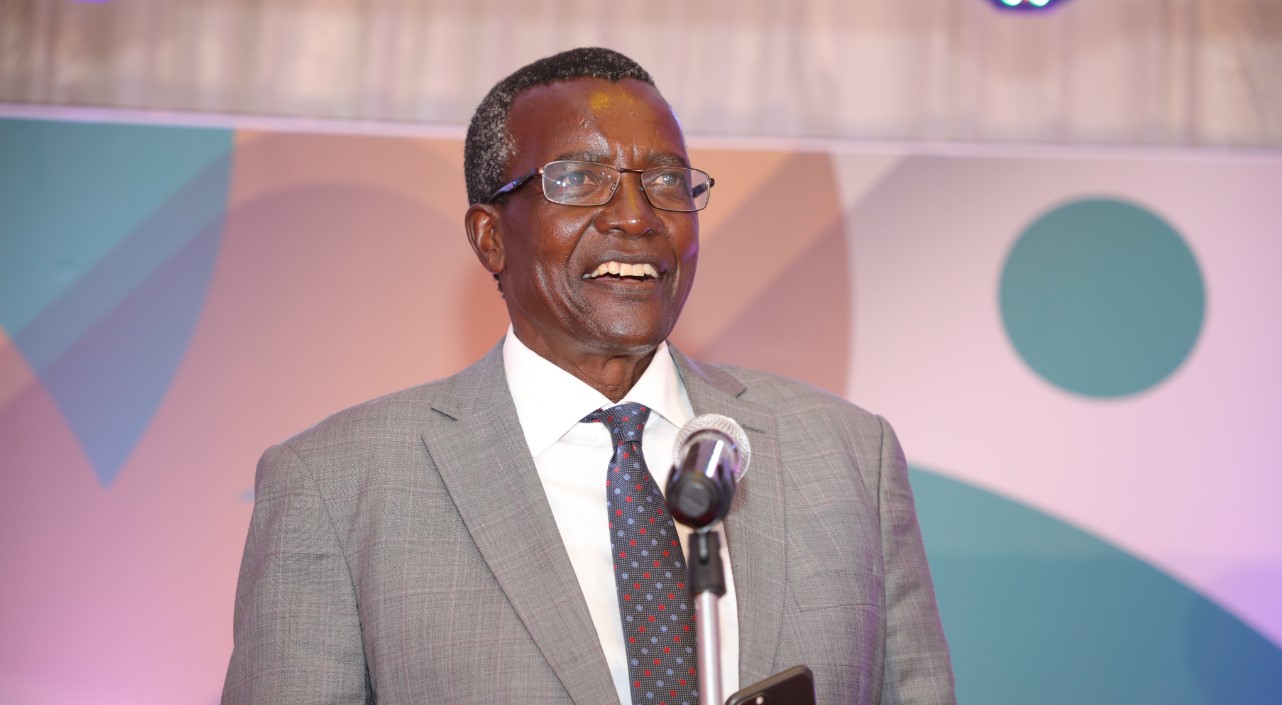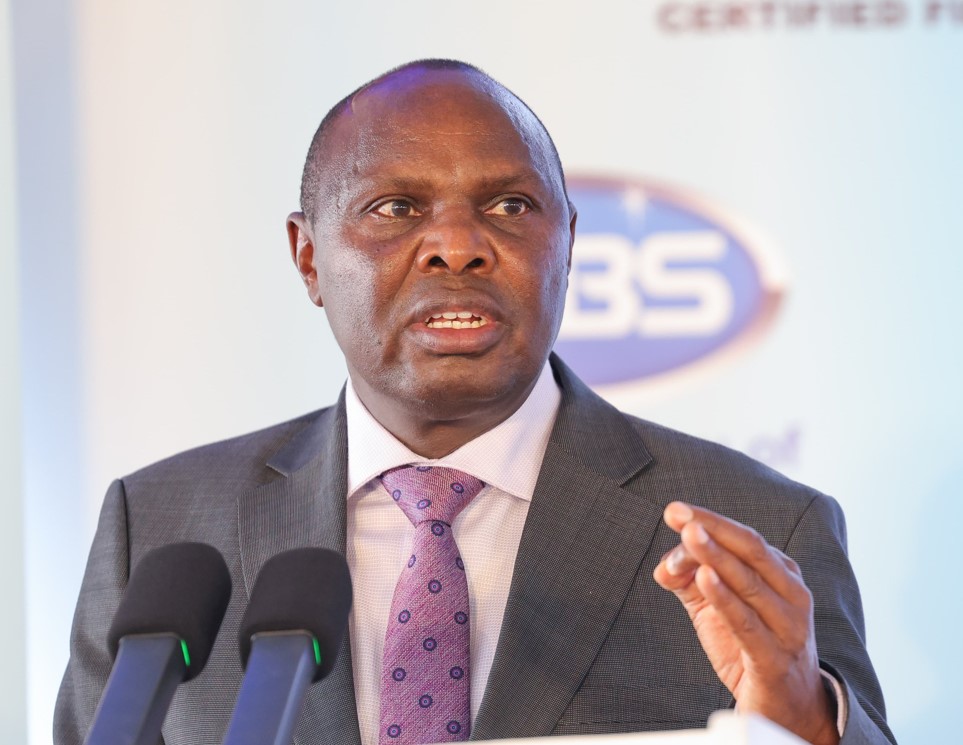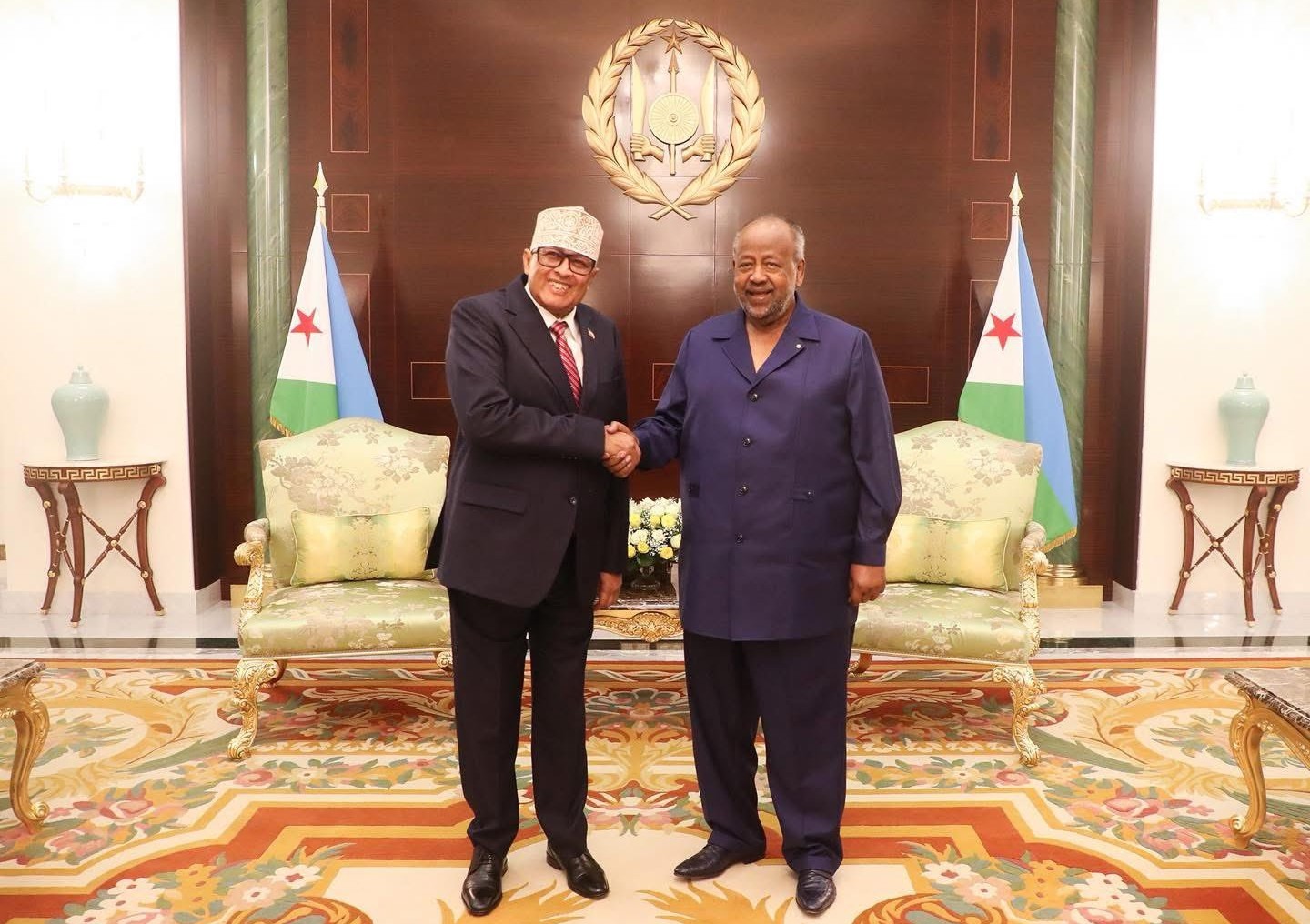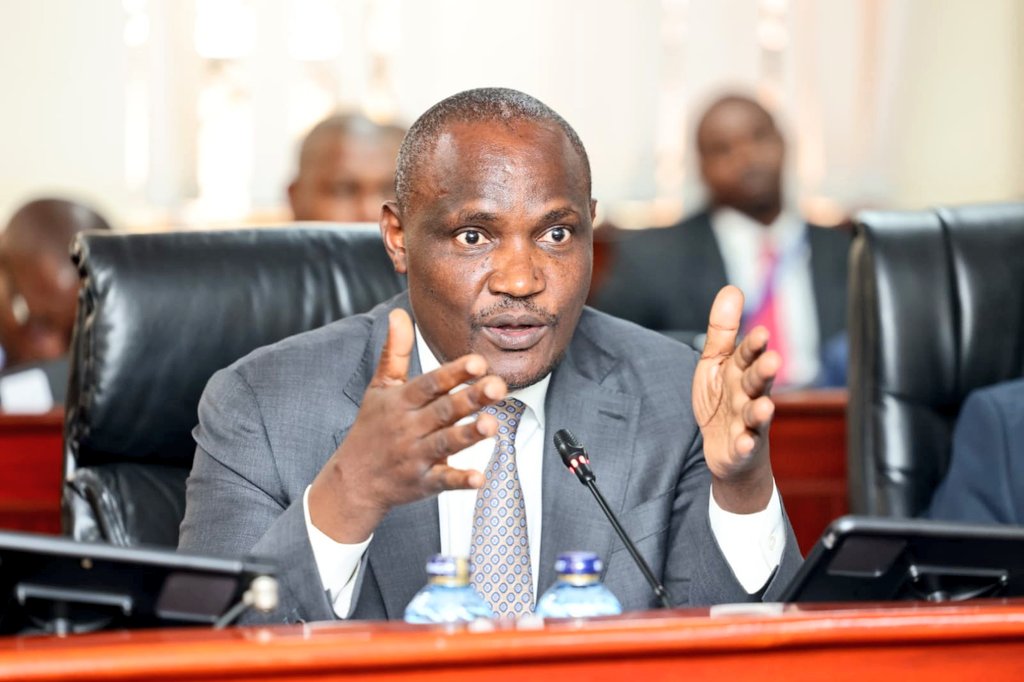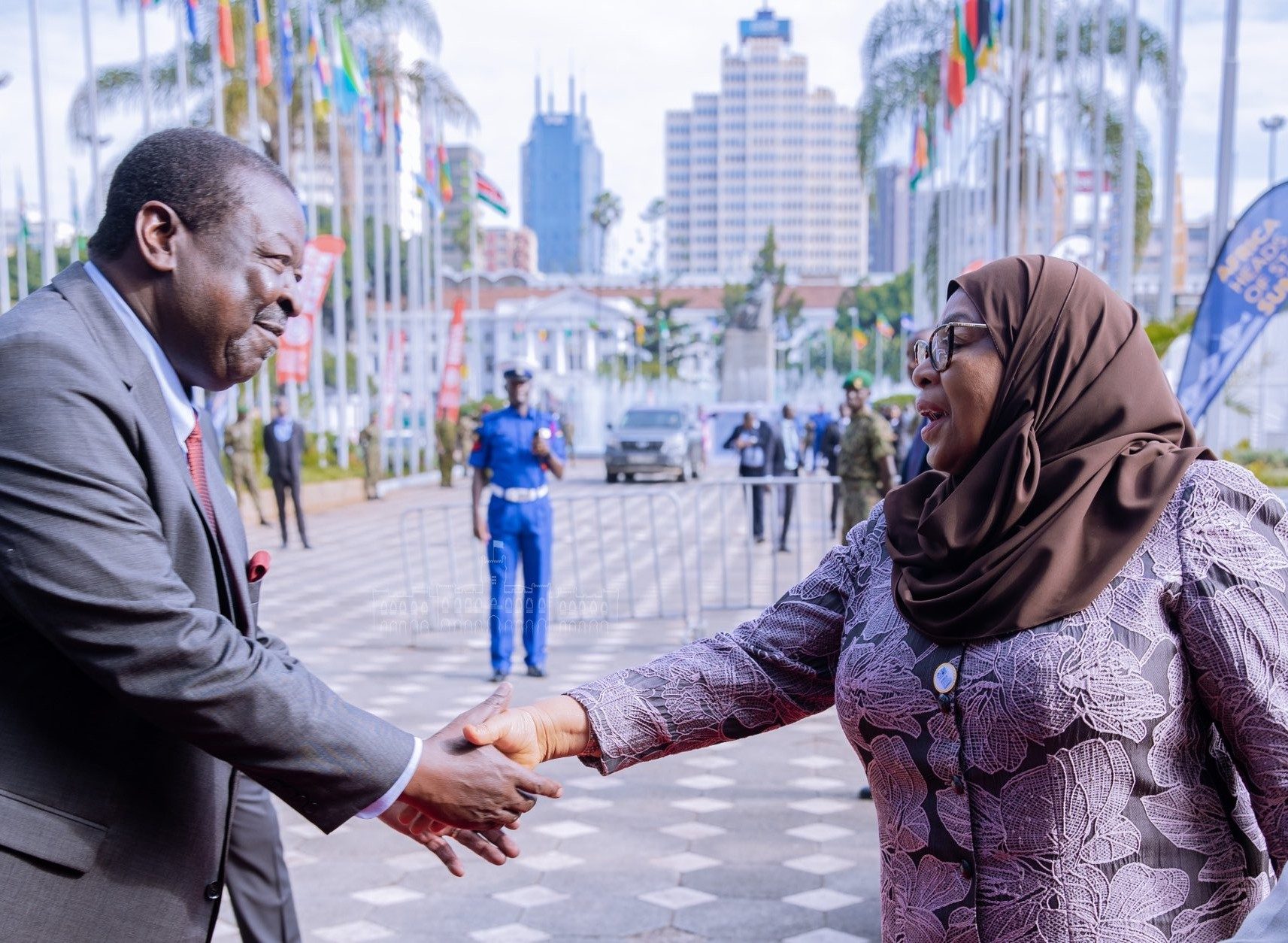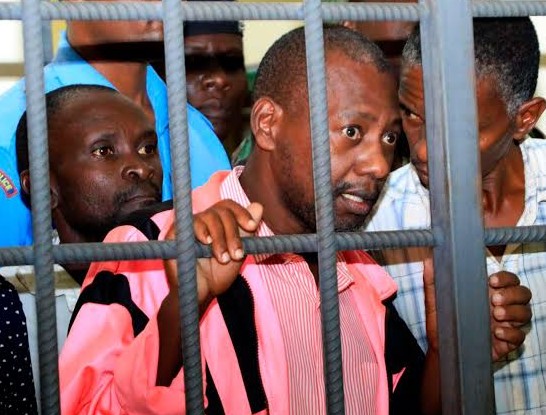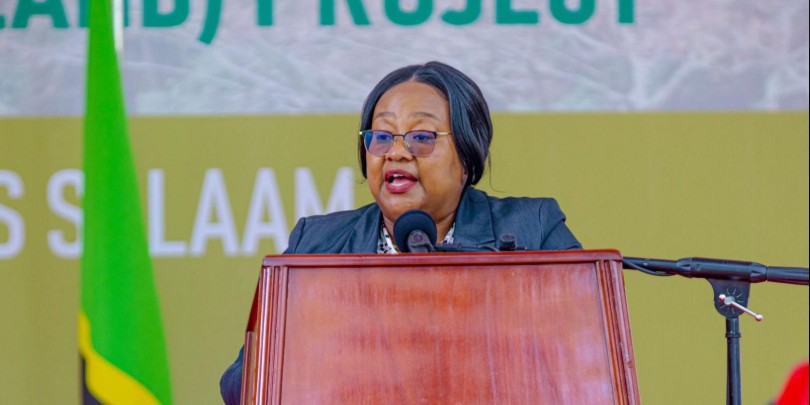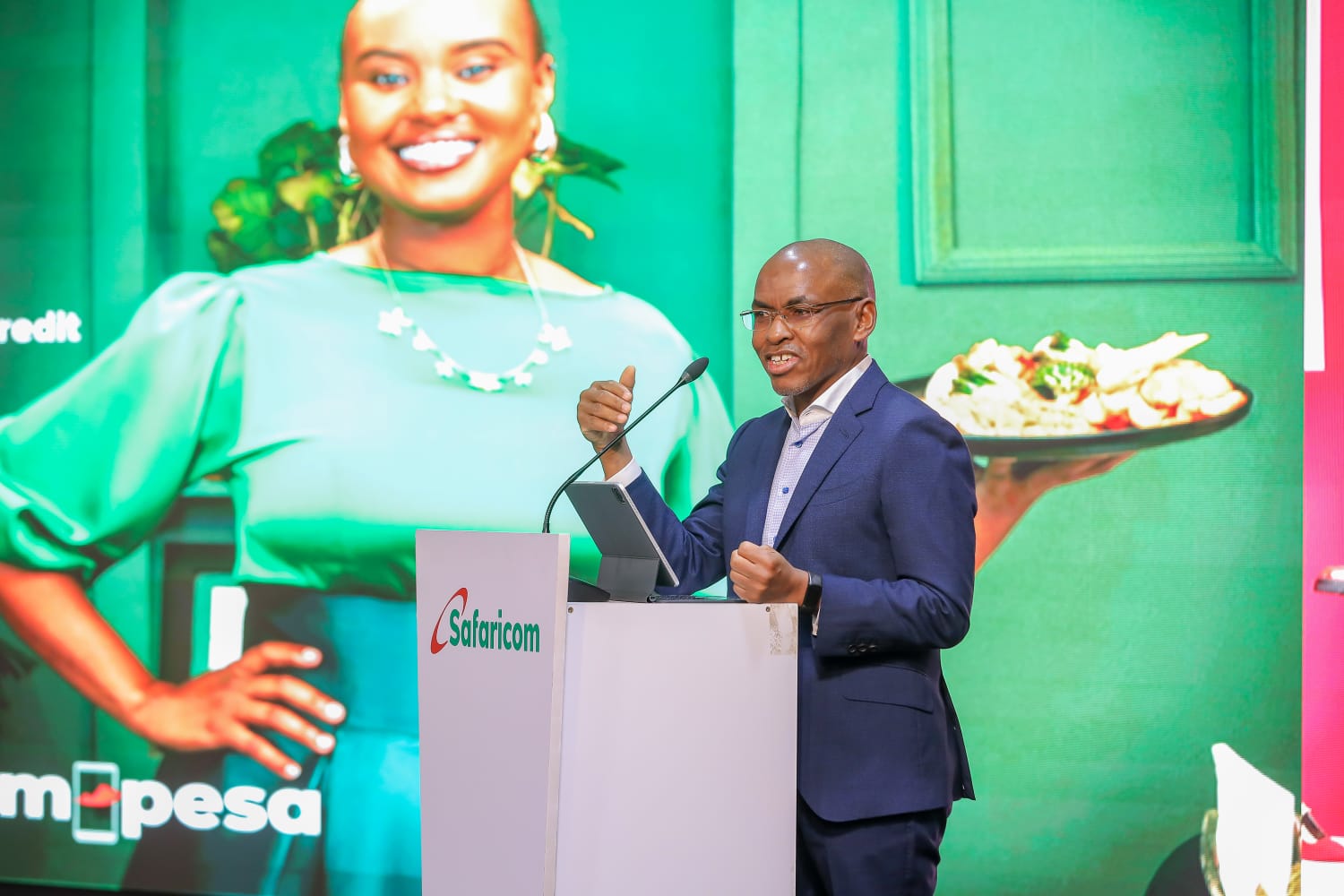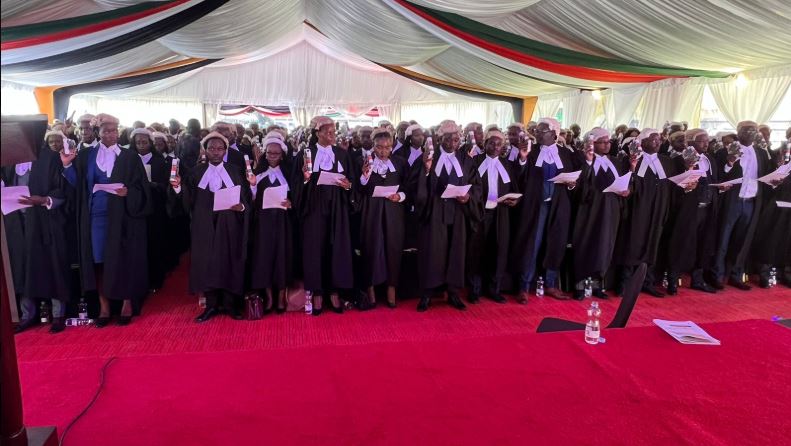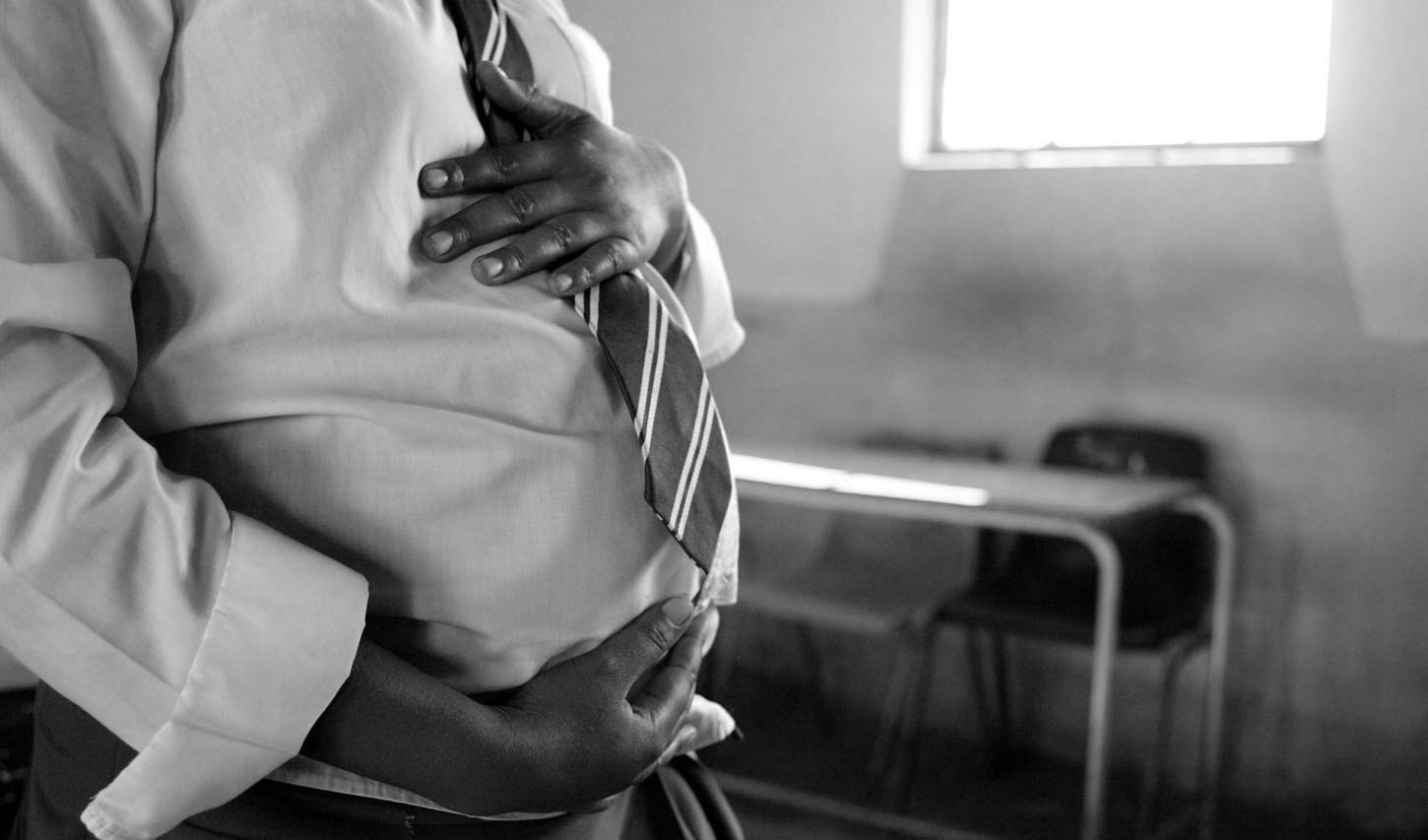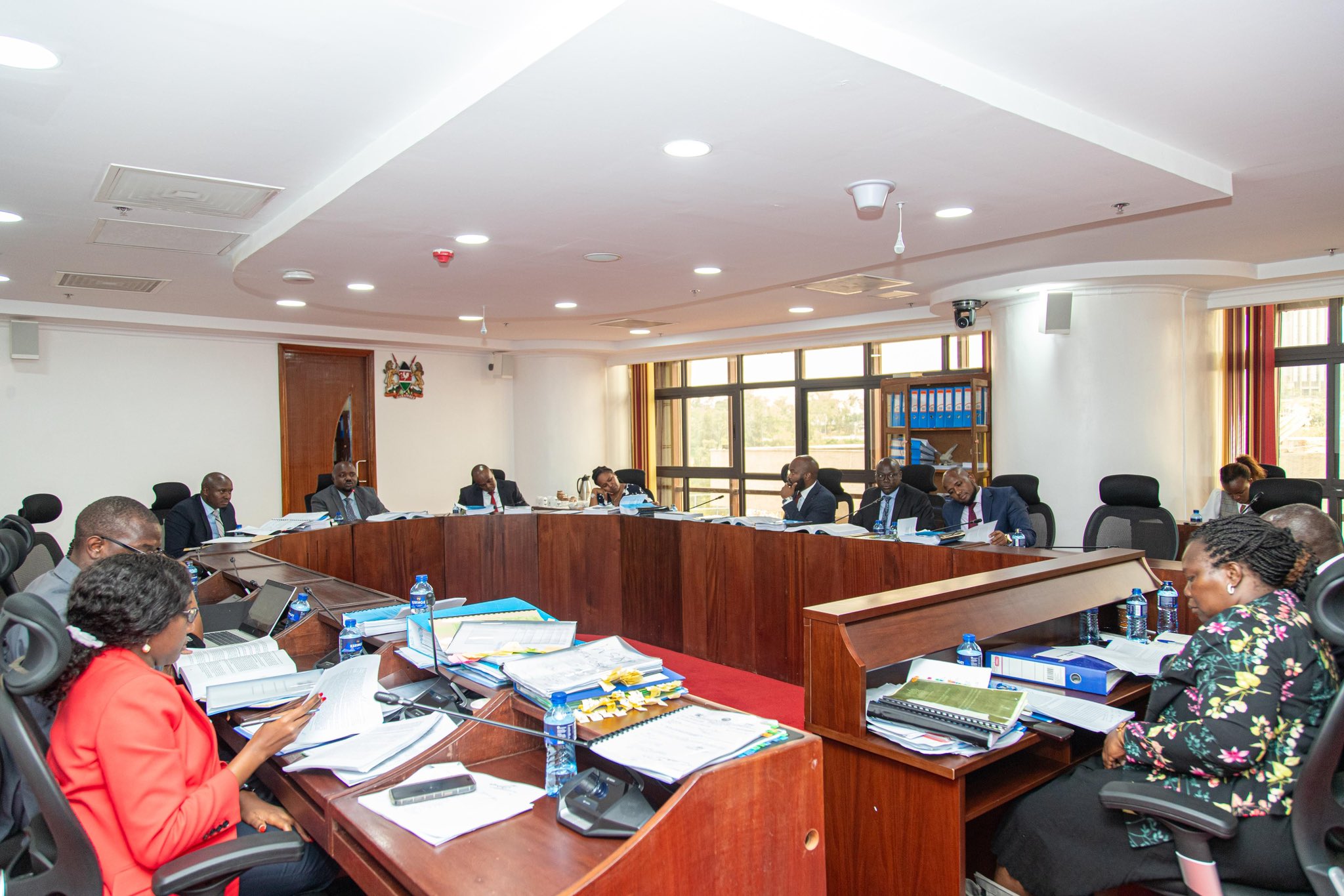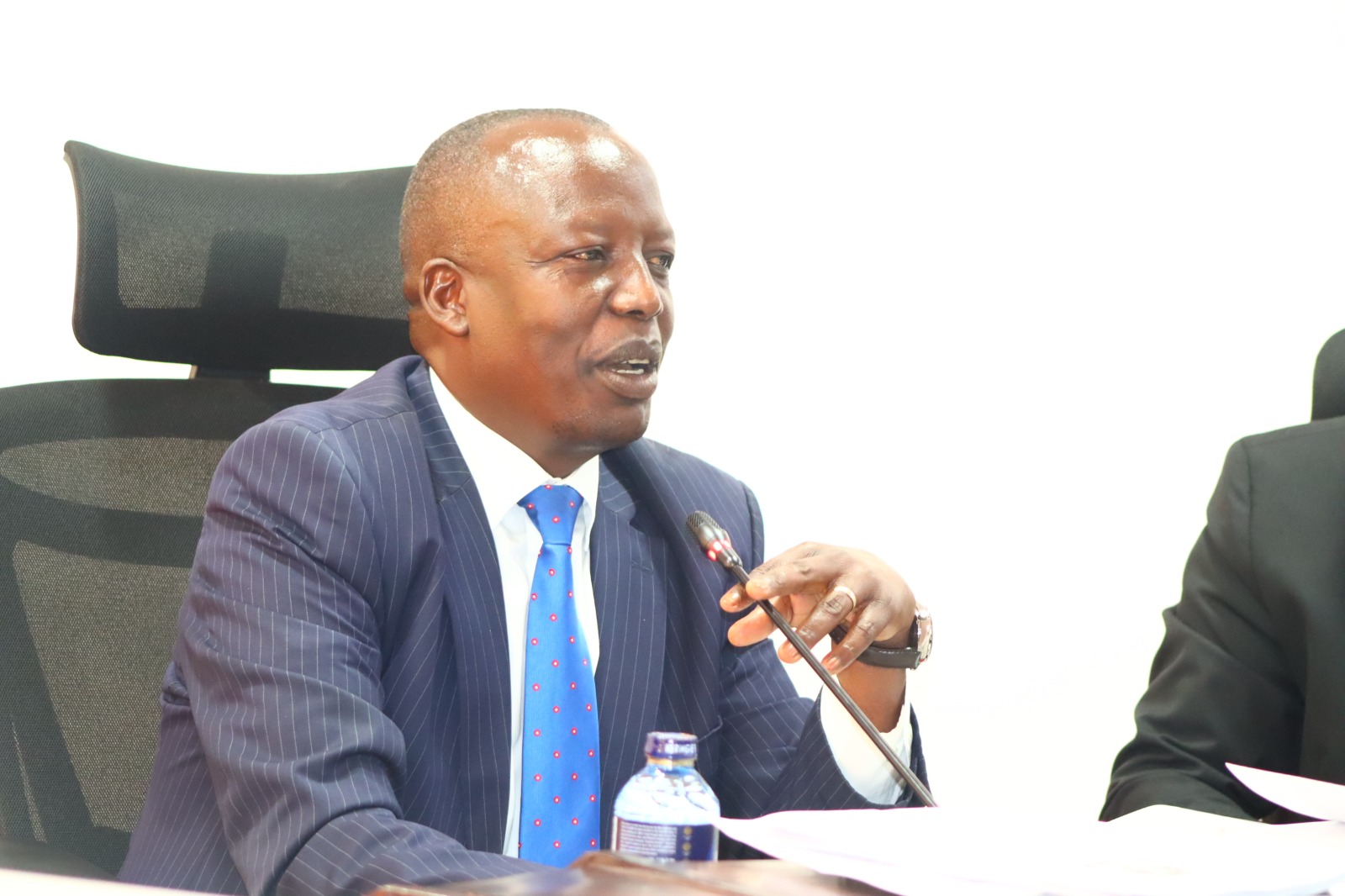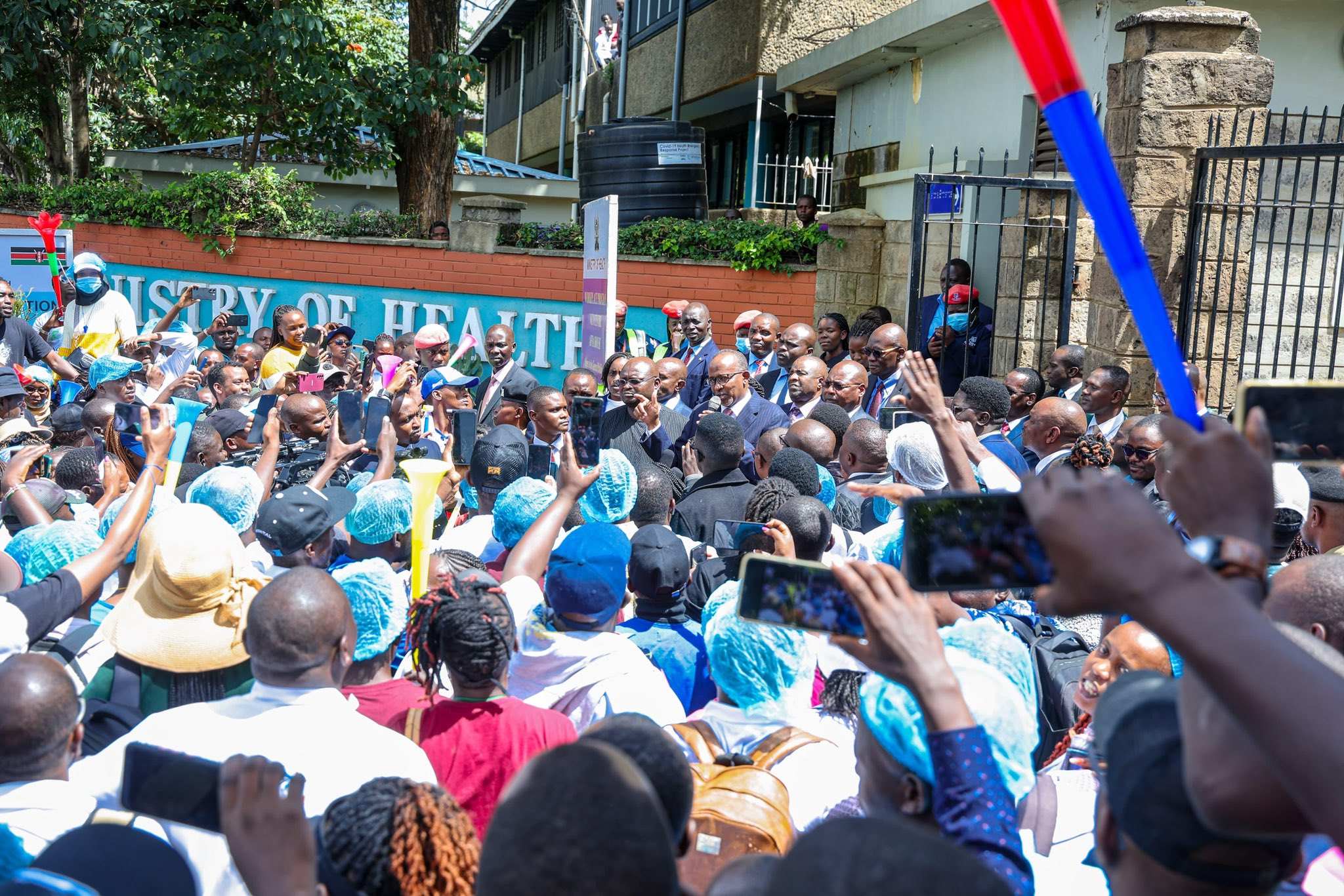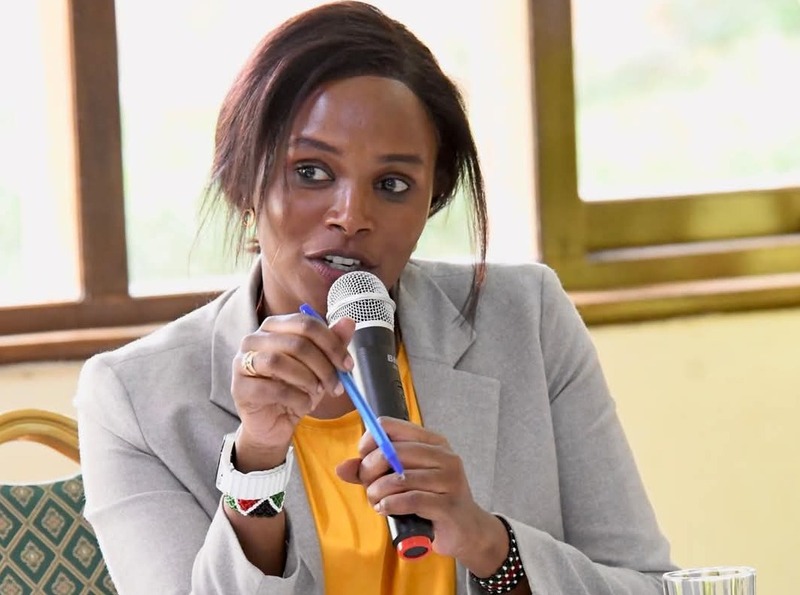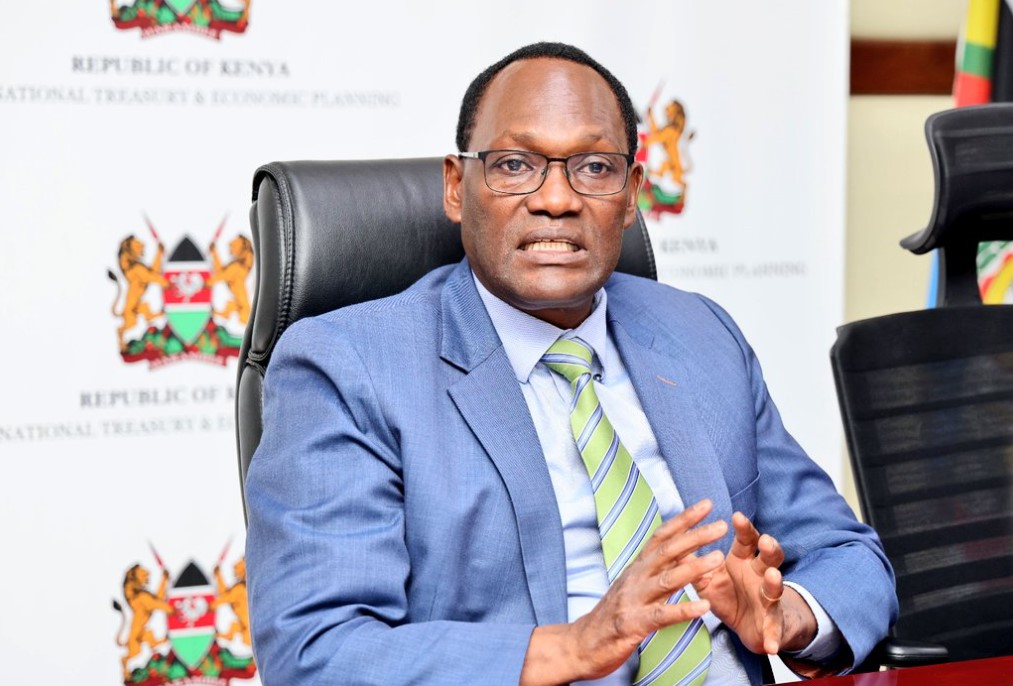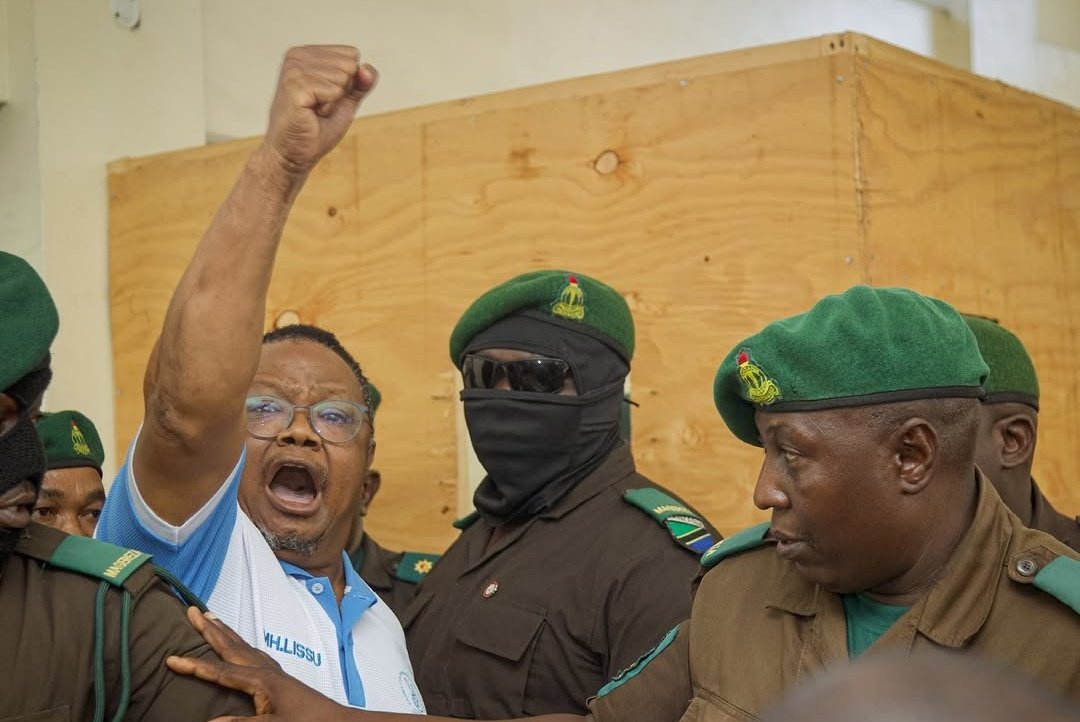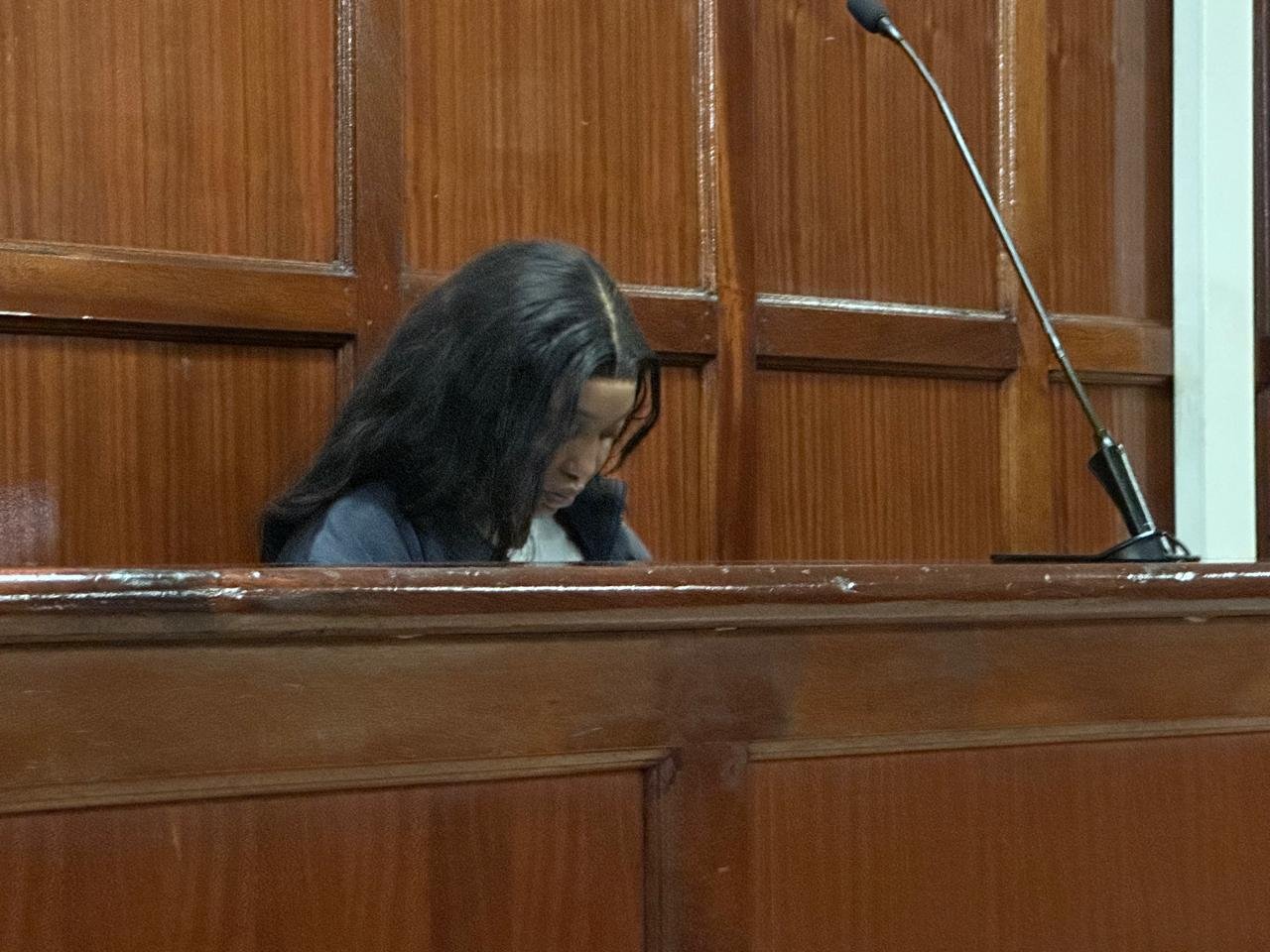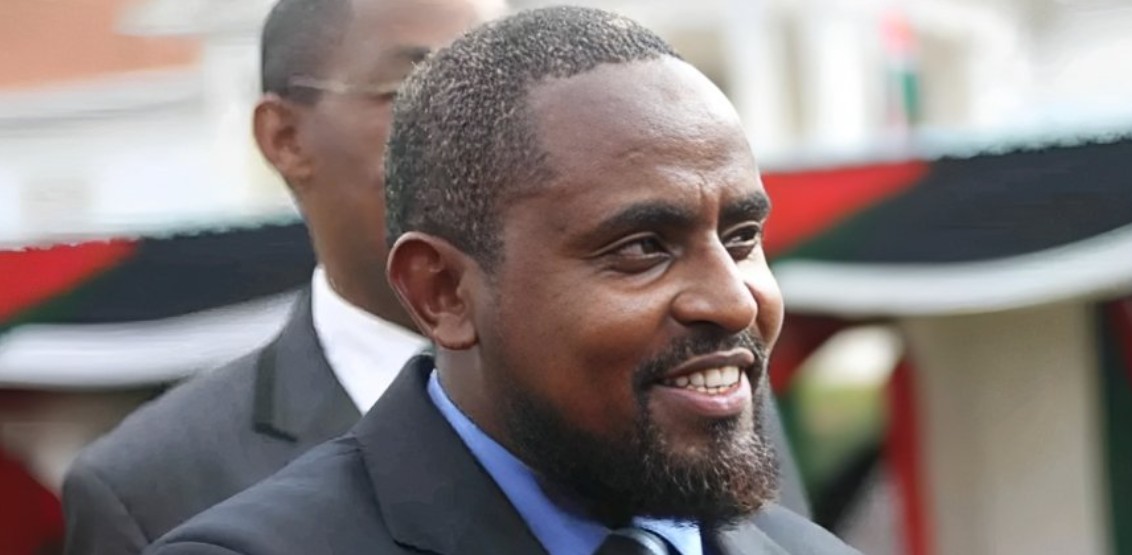IEA: IMF programme failed to fix Kenya’s economy, focused on debt repayment instead
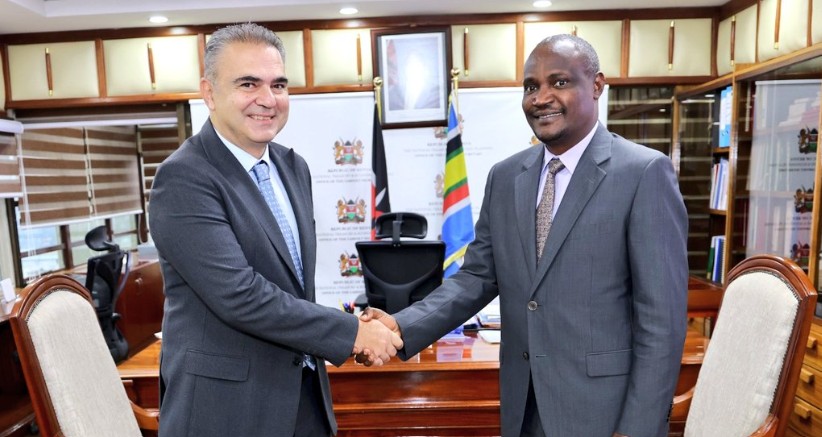
The unresolved issues, according to the IEA, contributed to public discontent that culminated in widespread protests and an eventual premature end to the IMF arrangement in mid-2024.
Kenya's four-year funding programme from the International Monetary Fund (IMF), which started in 2021 and ended in April this year with the primary goal of stabilising the country's economy, did not achieve its objectives.
The Institute of Economic Affairs (IEA-Kenya) states that, instead, the programme primarily concentrated on ensuring Kenya met its debt obligations.
More To Read
- Ethiopia agrees minerals, energy deals worth Sh219.3 billion, chiefly with Chinese firms
- IMF probes Kenya’s governance in sweeping review set for October 2025 release
- Trump’s protectionist tariffs dent global economic growth prospects to 2.8 per cent
- Kenya and IMF agree to start formal talks on new lending programme
- IMF urges Kenya to balance loans acquisition with sound economic policies
- IMF begins governance assessment to tackle corruption risks in Kenya
In its latest macroeconomic strategy policy paper released on Tuesday, the think-tank describes the move as a “debt collection exercise” rather than a genuine strategy for economic reform.
“The just-abandoned IMF programme failed to address any of the six core components of Kenya’s macroeconomic malaise,” the paper reads.
These include decades of stagnant per capita growth, erratic fiscal policy, an outdated and productivity-limiting land regime, an overvalued exchange rate, persistently high food prices since 2019, and overly tight monetary policy.
Public discontent
These unresolved issues, according to the IEA, contributed to public discontent that culminated in widespread protests and an eventual premature end to the IMF arrangement in mid-2024.
Despite the programme's termination, debt remains central to Kenya’s policy debates.
IEA’s analysis points out that the IMF’s requirement for a medium-term primary surplus of 0.5 per cent of GDP is stricter than global best practices and comes at the expense of growth.
Growth-oriented fiscal path
Instead, the think tank proposes a more growth-oriented fiscal path, one that requires running a sustained primary deficit of one per cent of GDP.
To be compatible with debt sustainability, the IEA says the aforementioned requires a debt write-off of some 15 per cent of GDP.
Faced with this economic crossroads, the IEA outlines three broad options for Kenya, the first being a continuation under the IMF’s current austerity-leaning framework.
The second option is to exit the IMF process and rely solely on domestic policy, while the third is to pursue a restructured engagement with the lender that prioritises growth alongside sustainability.
Rrethink IMF strategy
Of the three, IEA strongly favours the third, a comprehensive rethink of the IMF strategy that includes debt restructuring as a central pillar.
The proposed solution involves a co-operative default, a pre-negotiated arrangement with the lender, in which Kenya will announce a partial default alongside a revamped, growth-centric programme.
The idea, according to the IEA, is to retain IMF backing while shifting the focus to inclusive and sustained economic expansion.
Ideally, this would be achieved by redirecting interest savings toward easing tax burdens, implementing a credible fiscal rule based on realistic primary balances, and enshrining transparency at all stages of public finance management.
Accompanying the structural reforms, the paper suggests reduced trade protectionism, especially in food markets, and comprehensive reform of state-owned enterprises.
Top Stories Today
